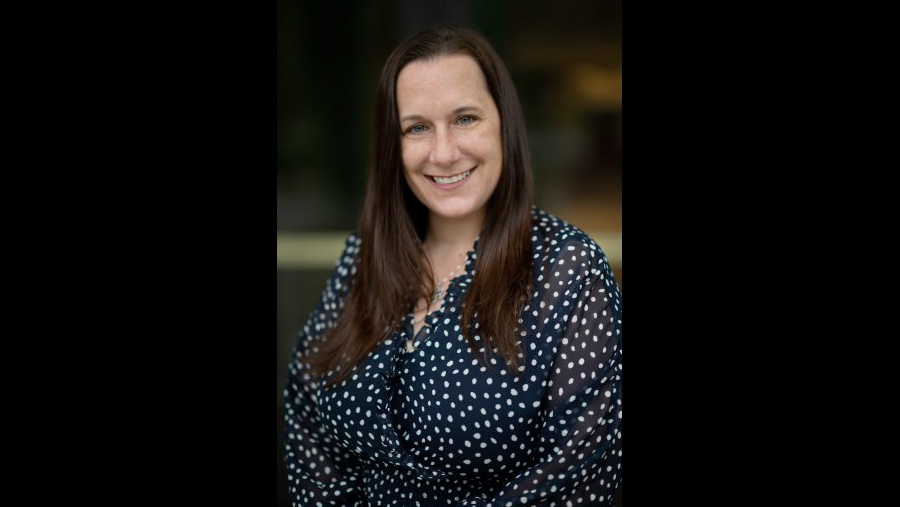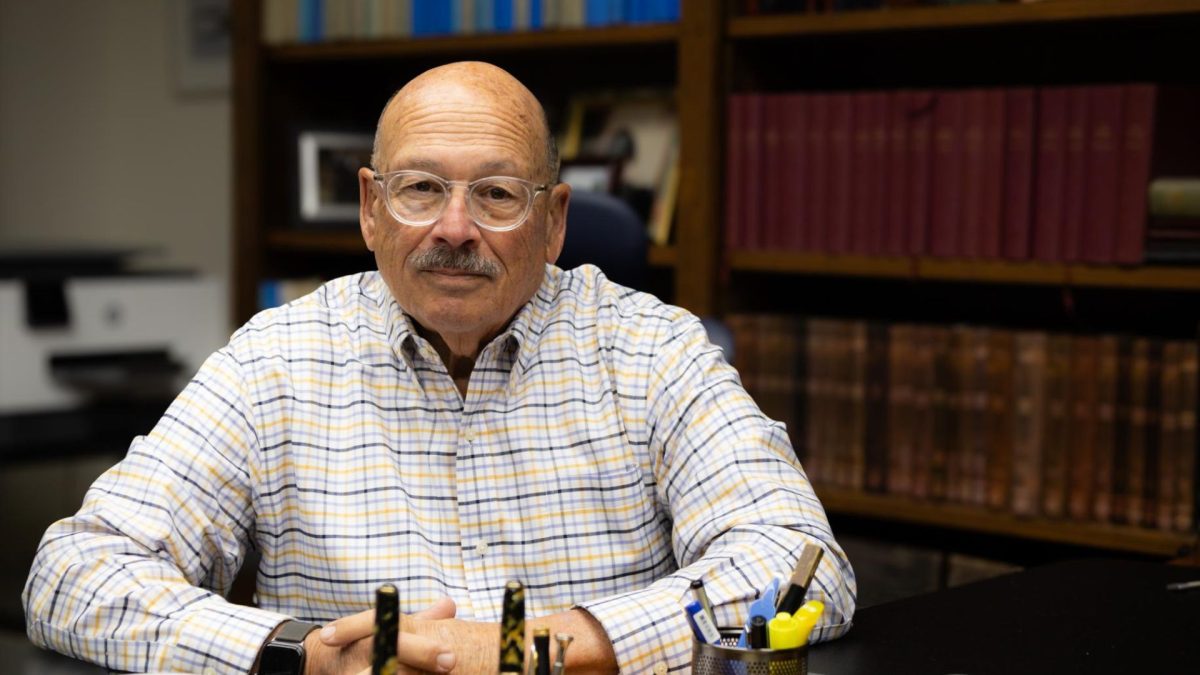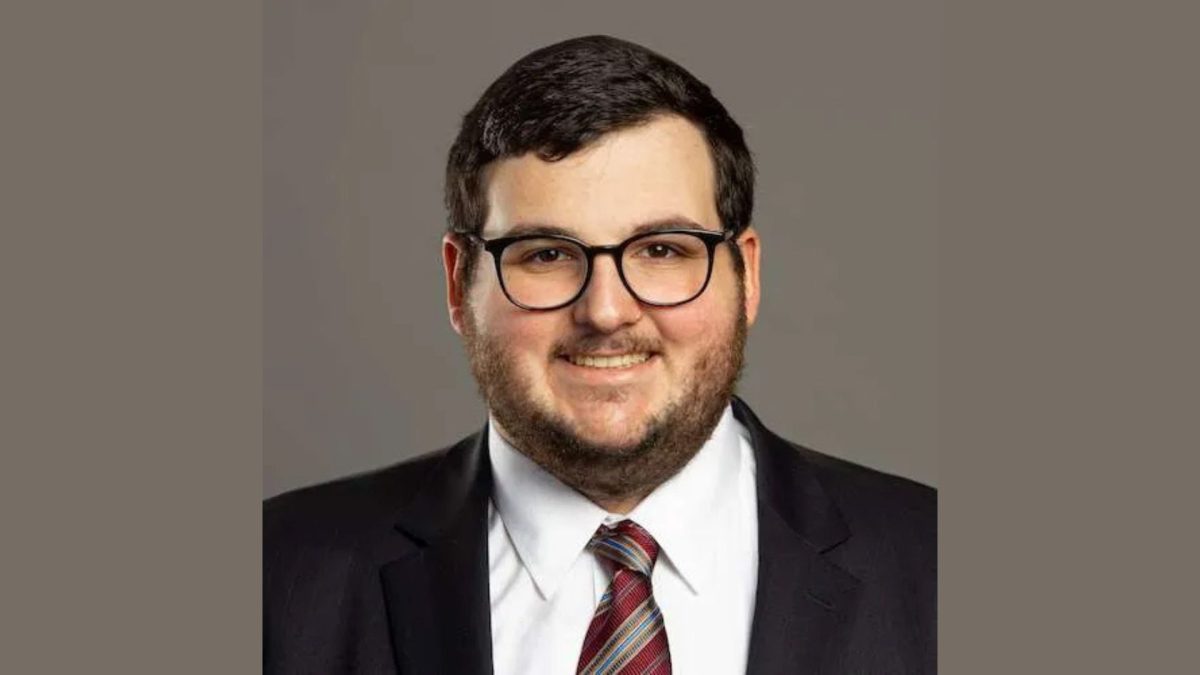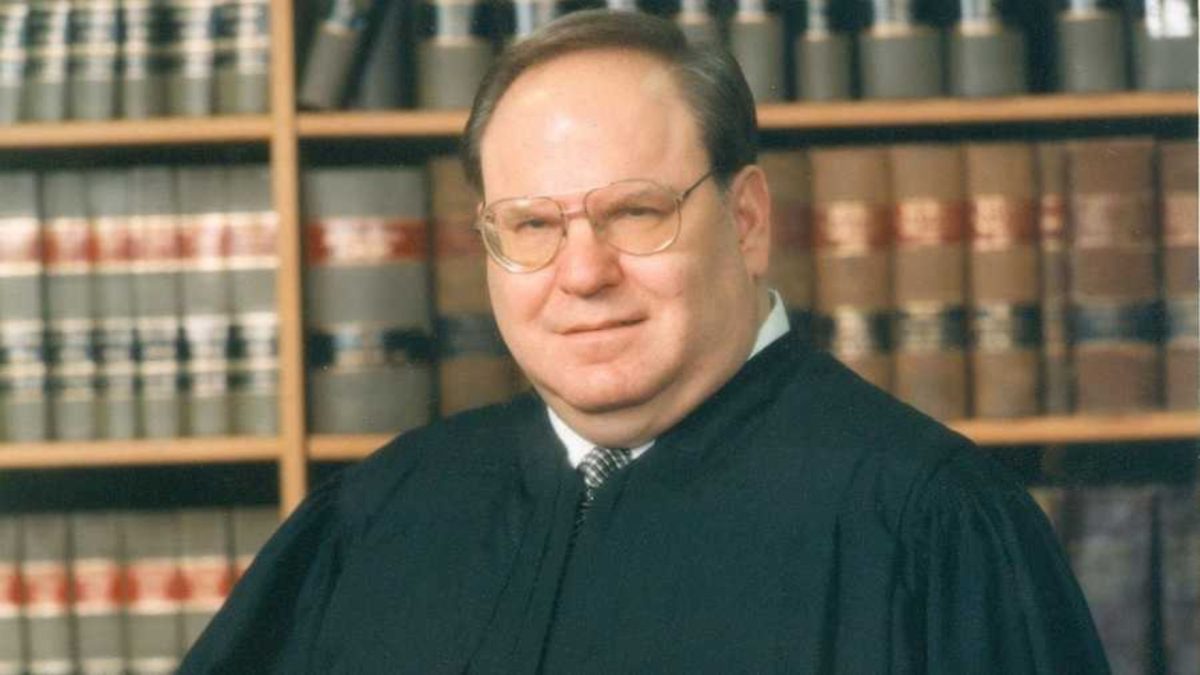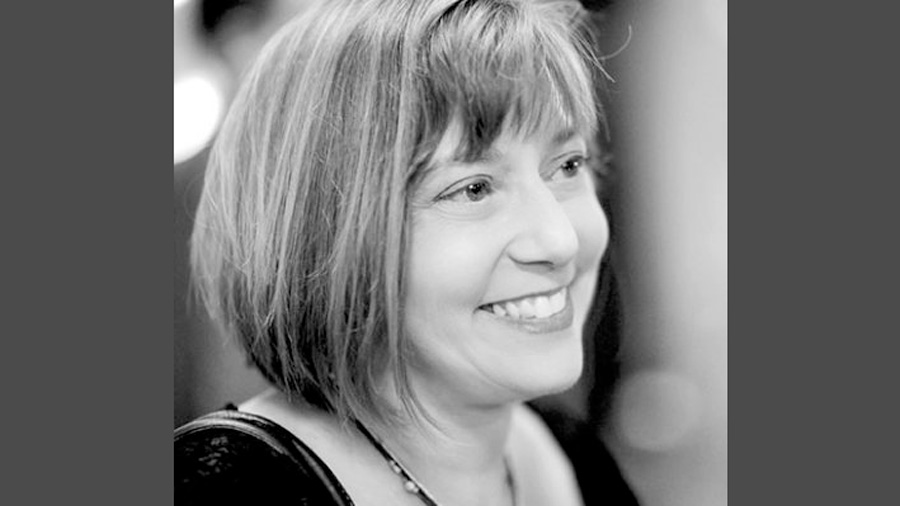In the summer of 2005, my family moved from St. Louis to Seattle. A few weeks later, we went for the first time to the Seattle Center to see the Space Needle and the International Fountain. When we arrived, we saw that the entire area was filled with people, booths, music, and lots and lots of rainbows. It turns out it was the Seattle Pride Festival.
My 6-year-old took one look at the festivities and asked: “Mommy, who is this a party for?” So we explained it was a party to show that people could love who they wanted to love. Men and women could love each other, men could love men, and women could love women. This was a party to celebrate love. Both my children simply said, “OK!” and we went on to enjoy an afternoon surrounded by beautiful sights and joyful celebration.
Children often accept so easily what we as adults can find so challenging. Why would we question love? Why would we restrict who can love each other? It’s so easy for children. Why is it so hard for us?
ADVERTISEMENT
As a Reform rabbi, I believe in the authority of Jewish law and Jewish tradition. At the same time, I believe that our tradition has never been static or fixed. For example, our Torah assumes that men can have multiple wives. Around 1000 CE, however, Rabbeinu Gershom banned polygamy for the Ashkenazi community. Clearly, our practices change over time.
How do we know when a tradition can change and when it can’t? This is one of the many challenges that Jews face as we adapt to our ever-changing circumstances.
I try to look at the underlying values of a law. Our tradition teaches many things about marriage, including that a marriage must be between a man and a woman. But what is most important about this tradition? Is it really the gender of the participants that is the most important?
ADVERTISEMENT
I would argue that there are far more important values at the core of a Jewish marriage. We celebrate the sanctity that is given to the union of these loving partners. We honor the commitment these loved ones make to each other. We watch as they join together not just in a partnership but in a sacred covenant together. We witness their promise to turn their home into a mikdash m’at, literally a small sanctuary, for their home now becomes a sacred space. Also, perhaps most importantly and yet on the most basic of levels, we celebrate their love.
What about these values require a man and a woman? Nothing. So why would we restrict them? Sometimes in today’s world — and this has been true for many “todays” throughout Jewish history – we need to let go of the law in order to honor the values at its core.
When you add to this our understanding that the male and female polarities of gender are not and have never been reflective of the human body, requiring a wedding to be defined by this polarity all the more so no longer makes sense. Rabbinic texts (Mishnah, Talmud, classical midrash, legal codes) contain hundreds of references to androgynos, tumtum, ay’lonit and saris. These are people who have both male and female sexual characteristics, or whose sexual characteristics are unclear, or who are identified as “female” at birth but develop “male characteristics” at puberty or the reverse. Our tradition recognizes that gender is not either/or — not only male/female. So why are we continuing to require this for our marriages?
These are the reasons why I believe that a Jewish marriage no longer needs to be restricted to a man and a woman. I believe Judaism celebrates covenantal relationships, commitment, sanctified unions and the creation of sacred space between and among loved ones. I believe that God created each of us b’tzelem Elohim, in God’s image, and each of us is worthy of loving and being loved. These are the core values that I celebrate when I attend or officiate at a Jewish wedding today.
Love is and always has been a Jewish value. Children understand this instinctively. Let us do the same, celebrating it, honoring it and protecting it for all.




